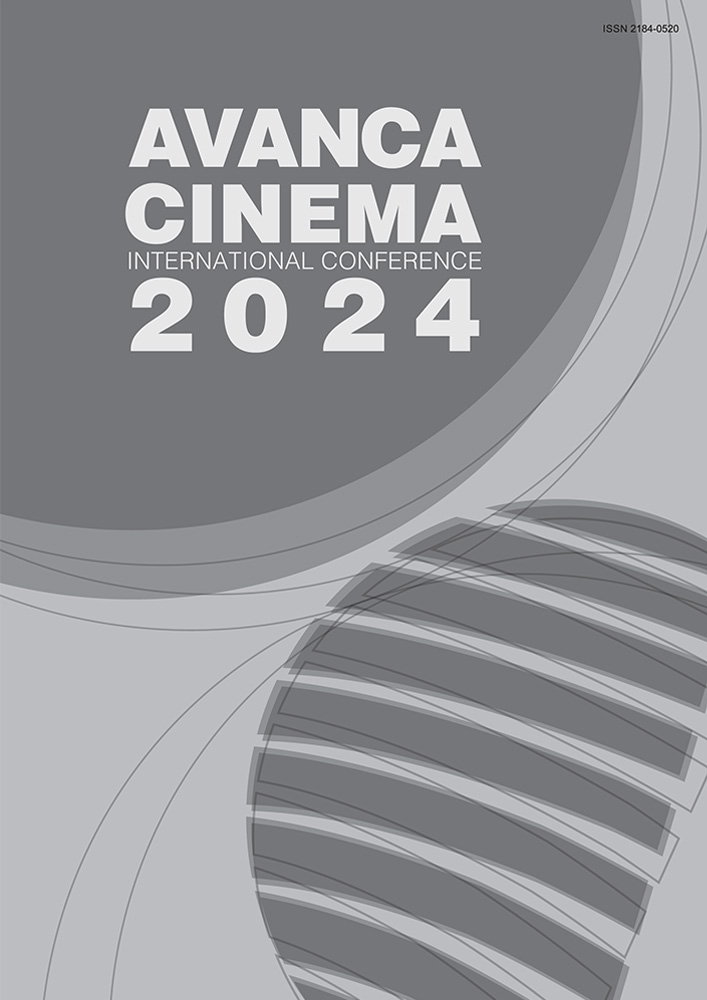Capítulo V _ Invitados
Narrativas Multitelas e o “Espectador-Expandido”
Resumen
This research addresses the discussion about new configurations of cinema, whether through editing, narrative or even exhibition. Currently, what we find is a cinema that has expanded to other media, to other ways of relating to space-time and, mainly, forcing the spectator to interact with issues that were previously technologically impossible, offering different dynamics to see, feel and understand the films. Desktop films and narratives produced entirely on the computer gain strength with the audiovisualization of the software (DAMASCENO, 2020), creating multiscreen narratives that are inspired by social networks, replicating everyday life online and reproducing computer and mobile device screens. As a research corpus, two films are analyzed: Searching (USA, 2018) and Missing (USA, 2023). Both construct a multiscreen montage with invisible cuts, first-person view, sequential shots, where the entire narrative takes place within one screen. To interact with multiscreen narratives, we coined the concept of “expanded-spectator”, which is adapted from Gene Youngblood’s (1970) concept of “expanded cinema”. In the case of multiscreen films, viewers must adapt their perspective to innovative technologies and to montages that defy them to be able to interact with, trying to understand the new ways films can be conceived, including the internet, and to be able to use their knowledge to become “expanded-spectators

Esta obra está bajo una licencia internacional Creative Commons Atribución 4.0.

